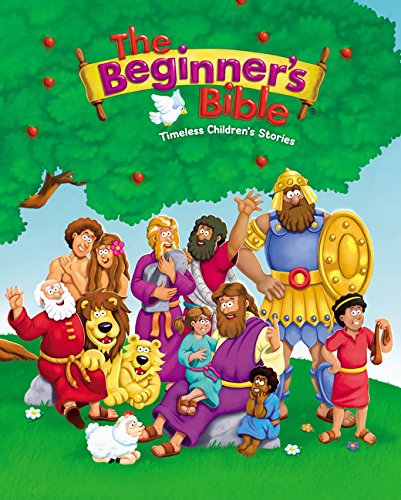One way of thinking about English versions of the Bible is on a continuum from “literal” <---------to--------> “~less literal.” With the translations at the literal end of the spectrum preferring to maintain the word order, vocabulary, grammar, and structure, of the original-language text, while the translations at the less-literal end of the spectrum taking more liberty to re-arrange those elements so that the idea being expressed in Hebrew/Greek may be more effectively and/or naturally communicated in English.
Because very “literal” translations like the NASB are primarily concerned about exactly reproducing the Hebrew/Greek text they do not read smoothly in English and may be very difficult for the English reader to understand – especially the beginning Bible reader. On the other hand, less literal translations like the NLT bear less resemblance to the original text and force the reader to place more trust in the English translators to correctly understand and re-communicate the idea they are translating.
Let’s talk about two versions you may have heard of, that I *don’t* recommend that you use for our 2020 reading plan.
KJV
If you started reading the Bible before the 1980’s you probably started reading the King James Version of the Bible and it is still the most commonly read translation of the Bible in the United States. This translation was first published in 1611 for King James the 6th (of England). If you’ve been reading the KJV ‘religiously’ for your whole life, you should stick with it! There is GREAT value to reading in the version that you are familiar with. However, if you don’t have a whole bunch of the KJV committed to memory, I would recommend that you do not choose this translation for a Bible reading plan in 2020. Two reasons:
The KJV is an outdated translation that misses out on the last few (incredibly important) centuries of Biblical scholarship related to the original text of the scriptures.
The KJV uses an antiquated form of the English language that is nearly impossible for 21st century readers to understand
The Message
The Message is a paraphrase of the Bible completed by Eugene Peterson in 2002. This is not truly a ‘translation’ from the Hebrew and Greek texts of the Bible. Even though Peterson worked with these texts to create The Message, he is paraphrasing the meaning of those texts, instead of attempting to produce an equivalent English text. While this book may be helpful and thought-provoking as a devotional tool, it is not The Bible - technically speaking - so I do not recommend using The Message as your primary reader.
Now here are two versions of that Bible that I *do* recommend using for our 2020 reading plan:
ESV
The English Standard Version was published in 2001 when it revised the formerly popular RSV (Revised Standard Version). In my opinion, the ESV does the best job of combining ‘literal’ translation principles like word order and structure into a text with smooth and natural-sounding, 21st-century English. If I was selecting a version in 2020 for my first serious foray into Bible reading, I would select the ESV.
NIV
The New International Version was first published in 1978 and underwent significant updates in 1984 and 2011. It is further towards the ‘less-literal’ end of the transnational spectrum for the purpose of providing the most natural and readable English text for the modern reader. The NIV translation is incredibly popular (the second-most popular version read in the USA – KJV is first). This is the version of the Bible that I will be reading during our 2020 reading plan for the simple reason that I have been reading this version for my entire life. I’m familiar with the way it sounds, and all of the verses that I have committed to memory are from the NIV. The pew Bibles at Madison Church are NIV (2011), and 95% of the time, we use the NIV translation when we put verses up on the screen. Familiarity is a perfectly fine determining factor when selecting a Bible translation. If you’ve grown up reading one particular version of the Bible, it is often best to stick with it, as this will increase the likelihood that you will remember Bible passages.
BONUS – NirV
The New International Readers Version is the NIV (same publisher and board) but with simpler English language that is designed for children or people who have trouble reading English. If You have a child who will be reading along with us (like my 8-year-old Jack will be) you should get them an NIrV Bible. Check out these excerpts:
NIV 2011
"Beyond all question, the mystery from which true godliness springs is great: He appeared in the flesh, was vindicated by the Spirit, was seen by angels, was preached among the nations, was believed on in the world, was taken up in glory." (1 Timothy 3:16, NIV)
NIrV
"There is no doubt that godliness is a great mystery. Jesus appeared in a body. The Holy Spirit proved that he was the Son of God. He was seen by angels. He was preached among the nations. People in the world believed in him. He was taken up to heaven in glory." (1 Timothy 3:16, NIrV)






















